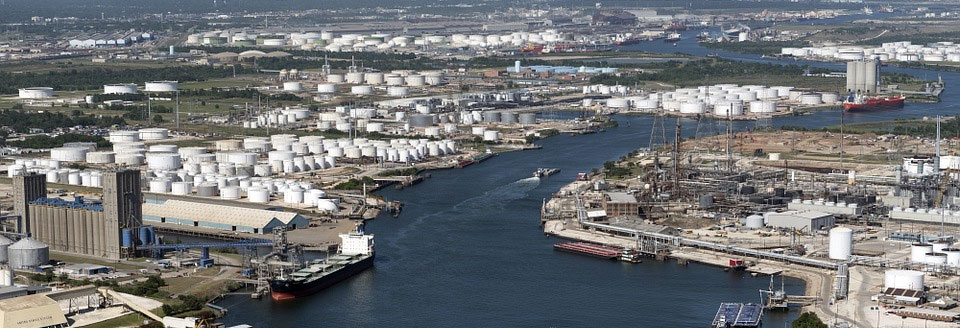In December 1975, when memories of gas lines were fresh on the minds of Americans as a result of the 1973 OPEC oil embargo, Congress established the Strategic Petroleum Reserve (SPR). The law was designed “to reduce the impact of severe energy supply interruptions” such as that caused by the embargo.
But many have argued that the SPR has outlived its usefulness. As a result of the surge of US shale oil production, US demand for OPEC crude oil imports has dropped over the past decade. In 2005, the US imported 10.1 million barrels per day (BPD) of crude oil, of which 4.8 million BPD (~48%) came from OPEC. By 2016, US imports had dropped to 7.9 million BPD, with 3.2 million BPD (~40%) from OPEC.
You may also like Jim Puplava Answers Your Questions on Peak Oil, Gold, and More
US energy security has improved, and because of the decline in imports the oil in the SPR will cover more days of imported supplies. Again, in 2005, the SPR contained 685 million barrels. With the US importing 10.1 million BPD of crude oil at that time, that was enough oil to cover 68 days of supply. In 2016 the SPR contained 695 million barrels, which, at the reduced rate of US crude oil imports, covered 88 days of supply.
In light of the resurgence of US crude oil production, it is not surprising that President Trump’s budget calls for selling half of the crude oil in the SPR. Trump’s plan calls for SPR sales to begin in the 2018 fiscal year, with estimated revenues totaling nearly .6 billion from 2018 to 2027 (presuming oil prices remain in the current range).
"The key question is whether the SPR still makes sense given the turnaround in US oil production." How much oil does the country actually need in an emergency reserve? If the outlook is that US oil production can grow for several more years, and there is a reasonable belief that US crude oil demand will fall, then the SPR becomes much less important that it was when it was originally established.
But selling off the oil is a risk. According to the Department of Energy’s website on the SPR:
In the event of an energy emergency, SPR oil would be distributed by competitive sale. The SPR’s formidable size (design capacity of 713.5 million barrels) makes it a significant deterrent to oil import cutoffs and a key tool of foreign policy. The SPR has been used under these circumstances only three times, most recently in June 2011 when the President directed a sale of 30 million barrels of crude oil to offset disruptions in supply due to Middle East unrest.
The US still depends on OPEC for 40% of its imports, so a significant supply disruption in the Middle East, Venezuela, or Nigeria could quickly remind us of the SPR’s importance.
Historically SPR volumes tended to grow during Republican administrations and to fall during Democratic administrations. That pattern has held true since 1980. Presidents Clinton and Obama both used the SPR to try to ease high gasoline prices around election time, while the Republican presidents added to the SPR. So this would be a break from typical Republican policy. Of course, President Trump isn’t a typical Republican, but it could indicate that he may face resistance on this issue.







